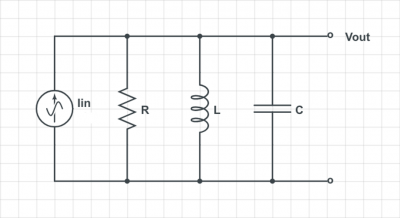Difference between revisions of "Spring 2020 Assignment 7"
(→Circuit analogies) |
(→Measuring action potentials) |
||
| Line 3: | Line 3: | ||
The [https://en.wikipedia.org/wiki/Patch_clamp patch clamp] is a technique for measuring voltages produced by electrically active cells such as neurons. One potential problem with the patch clamp technique is that a device must be physically attached to the neuron being measured. Connecting anything to a neuron might alter its behavior. The measurement device itself can ''distort'' the signal. This problem of ''loading'' the system to be measured affects many kinds of measurements (not just electronic ones). In this problem you will consider a simple model of the distortion in a patch clamp measurement. | The [https://en.wikipedia.org/wiki/Patch_clamp patch clamp] is a technique for measuring voltages produced by electrically active cells such as neurons. One potential problem with the patch clamp technique is that a device must be physically attached to the neuron being measured. Connecting anything to a neuron might alter its behavior. The measurement device itself can ''distort'' the signal. This problem of ''loading'' the system to be measured affects many kinds of measurements (not just electronic ones). In this problem you will consider a simple model of the distortion in a patch clamp measurement. | ||
| − | A circuit model for a neuron | + | A simple equivalent circuit model for a neuron consists of a time-varying voltage source in series with an output impedance of 10<sup>11</sup> Ω. There is an oscilloscope next to the neuron with an ''input impedance'' of 10<sup>6</sup> Ω and an input capacitance of 20 pFd. A new UROP in the lab attempts to measure electrical spikes produced by a neuron (called ''action potentials'') by connecting the patch clamp apparatus to the oscilloscope with a 6 meter cable that has a capacitance of 80 pFd. Action potentials are about 100 mV in amplitude and about 1 ms in duration. You can model the noise in the system as a random, additive, normally distributed voltage with a standard deviation of 10<sup>-3</sup> V. |
[[File:Patch clamp circuit model.png|750px]] | [[File:Patch clamp circuit model.png|750px]] | ||
{{Template:Assignment Turn In|message= | {{Template:Assignment Turn In|message= | ||
| − | * Neglecting the cable and oscilloscope capacitance, what is the | + | * Neglecting the cable and oscilloscope capacitance, what is the amplitude of V<sub>scope</sub>, the signal the student measures, ''after'' connecting the oscilloscope? |
* Is the measurement successful? Why or why not? | * Is the measurement successful? Why or why not? | ||
* What is the ''signal to noise power ratio'' <math>\left( \frac{V_{patch}}{V_{noise}} \right )^2</math> of the measurement (neglecting the capacitance)? | * What is the ''signal to noise power ratio'' <math>\left( \frac{V_{patch}}{V_{noise}} \right )^2</math> of the measurement (neglecting the capacitance)? | ||
| Line 14: | Line 14: | ||
* Ignoring capacitance, what is the minimum value of R<sub>scope</sub> needed to make a high-fidelity measurement of an action potential? | * Ignoring capacitance, what is the minimum value of R<sub>scope</sub> needed to make a high-fidelity measurement of an action potential? | ||
}} | }} | ||
| − | |||
==Easy Bode plots== | ==Easy Bode plots== | ||
Revision as of 20:14, 14 April 2020
Measuring action potentials
The patch clamp is a technique for measuring voltages produced by electrically active cells such as neurons. One potential problem with the patch clamp technique is that a device must be physically attached to the neuron being measured. Connecting anything to a neuron might alter its behavior. The measurement device itself can distort the signal. This problem of loading the system to be measured affects many kinds of measurements (not just electronic ones). In this problem you will consider a simple model of the distortion in a patch clamp measurement.
A simple equivalent circuit model for a neuron consists of a time-varying voltage source in series with an output impedance of 1011 Ω. There is an oscilloscope next to the neuron with an input impedance of 106 Ω and an input capacitance of 20 pFd. A new UROP in the lab attempts to measure electrical spikes produced by a neuron (called action potentials) by connecting the patch clamp apparatus to the oscilloscope with a 6 meter cable that has a capacitance of 80 pFd. Action potentials are about 100 mV in amplitude and about 1 ms in duration. You can model the noise in the system as a random, additive, normally distributed voltage with a standard deviation of 10-3 V.
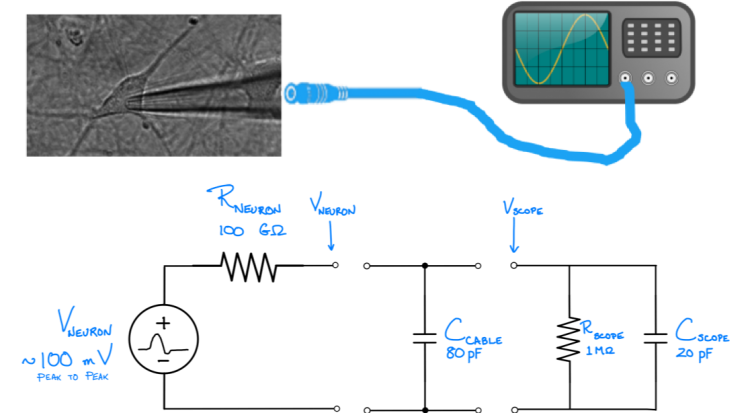
Easy Bode plots
| 1 | 2 |
|---|---|

|
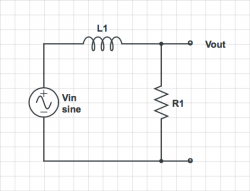
|
| 3 | 4 |

|
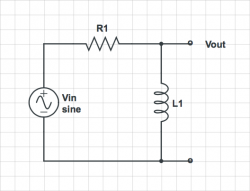
|
Harder Bode plots
| 1 | 2 |
|---|---|
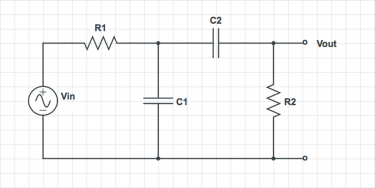
|
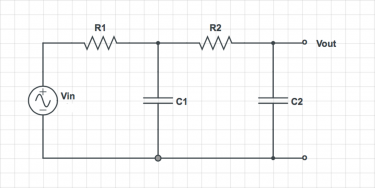
|
Linear systems
| 1 | 2 |
|---|---|

|

|
Second-order system
| |
Find the transfer function $ H(\omega)=\frac{V_{out}}{I_{in}} $ for the circuit below. |
Circuit analogies
| |
For each of the systems below, find an analogous circuit. |

